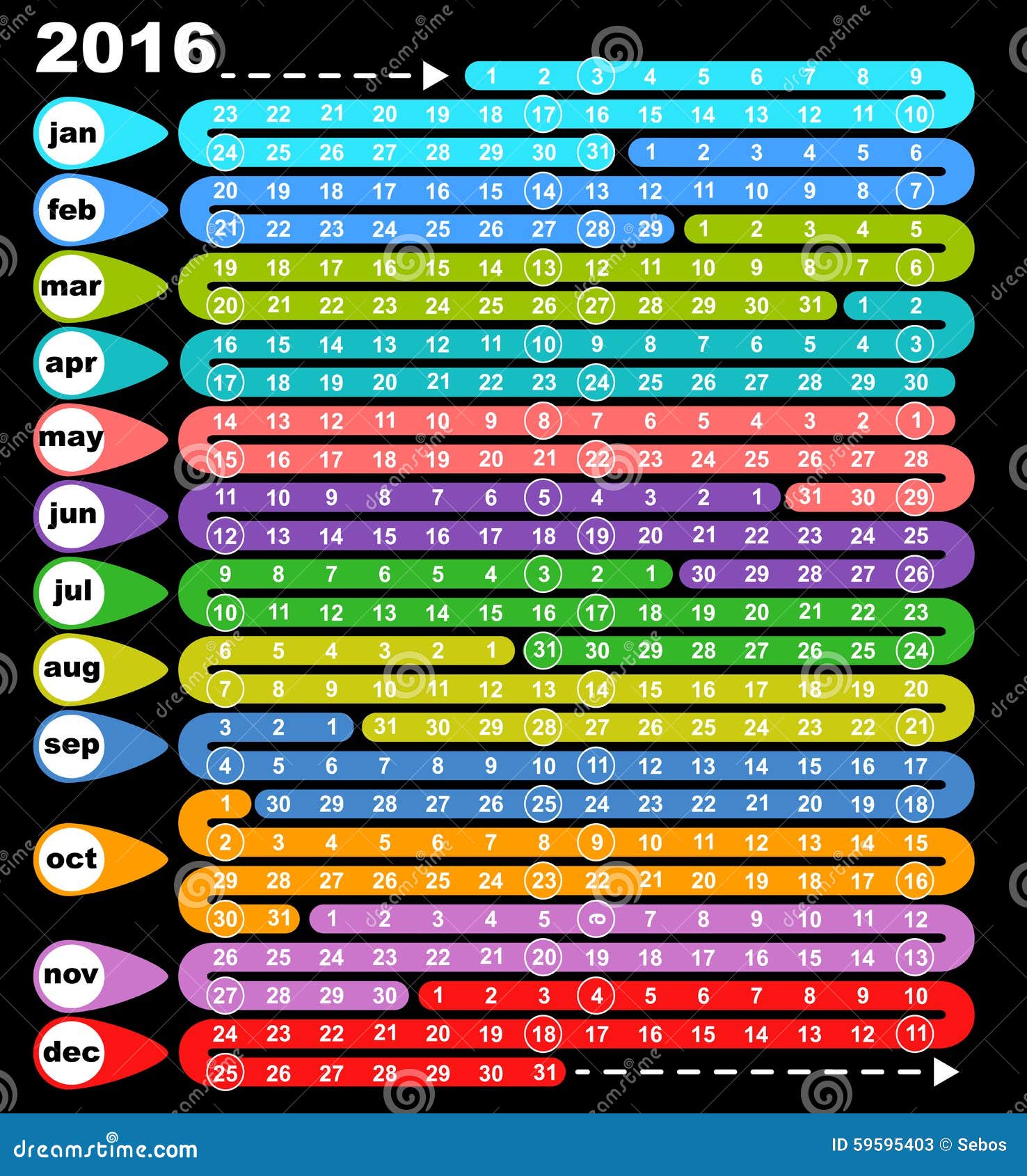

These are advanced option strategies and often involve greater risk, and more complex risk, than basic options trades.ĭo Not Sell or Share My Personal InformationĬontent intended for educational/informational purposes only. Please remember that calendar, double calendar, and other multiple-leg option strategies like these can entail substantial transaction costs, including multiple commissions, which may impact any potential return. To wrap up, if you expect a move and volatility is low, a double calendar may be a strategy to consider for a wider range and a risk-defined downside. This is one reason initiating long calendars in a low-volatility environment can be beneficial. Another potential benefit for long calendar trades is that although the initial risk is defined, the profit potential can increase if volatility rises. If volatility rises from initiation levels, the profit potential should also increase as long as the underlying shares are within a reasonable distance of either strike. The overall risk is capped at the $0.72 initiation price, because the further-term options you are purchasing must be worth the same or more than the shorter-term options you are selling due to the time value. For illustrative purposes only.Īs shown, the ideal underlying prices for this double calendar are at the $80 and $85 strikes. Chart source: the TD Ameritrade thinkorswim ® platform. Note the change in shape from a smooth curve resembling a bell curve, to one with two peaks. Data source: CBOE. For more insight into potential strategies to consider around options expiration, this article might help.Įxample of the theoretical value of a double calendar with two weeks until expiration (purple line), and at expiration (blue line).

The example is buying the November 17 $80 puts and $85 calls and selling the October 27 weekly $80 puts and $85 calls for a net debit of $0.72. The roll values and calendar prices expand as long as the underlying shares remain near either strike, and the implied volatility does not decrease by a significant amount.įigure 1 shows a typical double calendar risk/reward graph with the optimal profitability being near either strike. This occurs because the short near-term options tend to lose value at a faster rate than the further-term long options in the trade. As it moves closer to either strike, time decay (theta) will increase, which also works in favor of the trade. The ideal scenario for this strategy would be an increase in volatility that coincides with the underlying moving toward either strike. With a long double calendar, traders typically look to adjust or close each spread for a credit. If you pay $0.72 for the double calendar, you are risking $72 per contract. The price paid for the long double calendar is the risk involved in the spread. The potential max gain can change based on fluctuations in implied volatility. A double calendar has two peaks or price points where the largest gains can be achieved. Like the single calendar, the double calendar is designed to benefit from an increase in implied volatility (IV). The result is a trade that's similar to the neutral single calendar, but instead of having a profit peak at just one strike price, the double calendar has the potential for profit over a wider range of prices. The strategy typically involves buying an out-of-the-money (OTM) call calendar and an OTM put calendar around the current underlying price.

The double calendar is a combination of two calendar spreads.


 0 kommentar(er)
0 kommentar(er)
